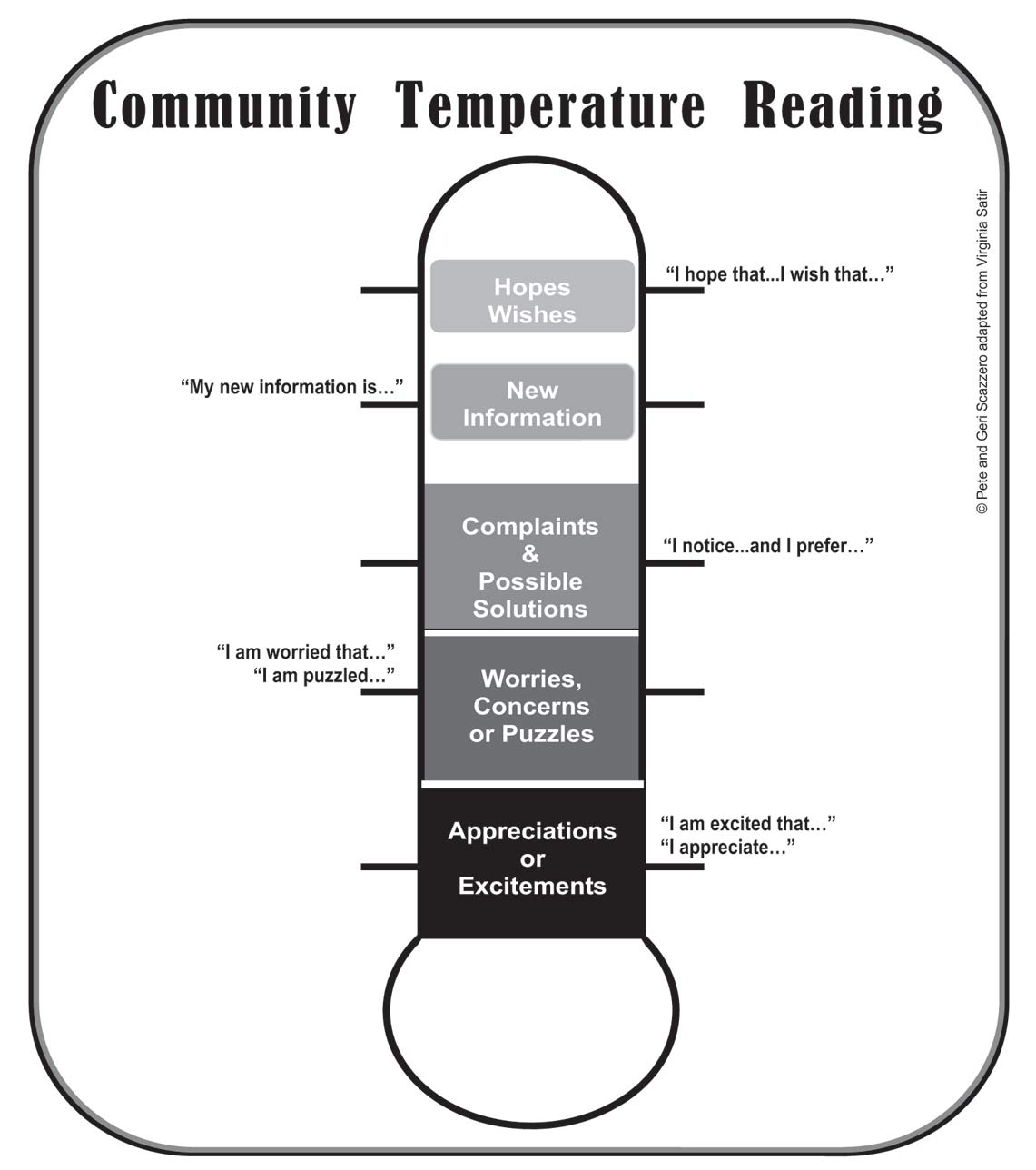We have an enormous sofa. We call it The Beast.\r\n\r\nIt’s a Tetrad four person sofa that only fits in one place in the room – in front of the radiator. It’s so big it absorbs probably three quarters of all heat emitted.\r\n\r\nWhich should make it great to sit on. Hot and Big.\r\n\r\nBut no. It’s too deep to sit on without tucking legs and feet on the cushions. Imagine a sofa larger than a single bed. And the cushions are so big that people don’t sit on them as much as climb into them, and it’s hard to see out, let alone get out, once in there. And of course guests feel uncomfortable sitting without their feet on the floor.\r\n\r\nWe bought it as part of a three sofa strategy developed to allow at least nine people to sit comfortably in the room.\r\n\r\nWhy? I really can’t remember. It was something to do with growing a church.\r\n\r\nSo we have a very big sofa.\r\nGuests don’t want to sit on it\r\nThe room is cold.\r\nAnd we never have nine people in the room at the same time.\r\n\r\nWhich made us think, if buying the sofa didn’t bring people in, maybe if we got rid of the sofa we’d have more people over?\r\n\r\nWe paused for a moment.\r\n\r\nWhen spoken out loud that sounded as farcical as the weekly Sunday conversation about removing the pews in church.\r\n\r\nAs if removing the pews would grow the church …
Category: church growth
Why are there so few APEs in church?
APEs.\r\n\r\nApostles. Prophets. Evangelists.\r\n\r\nWhere are they?\r\nWhy so few?\r\nWhy is the leadership of the local church almost entirely in the hands of Pastor/Teachers?\r\n\r\nHere are three possible reasons:\r\n\r\nFirst, the Trustees of the institutional denominations (generally) don’t trust APEs with the established church, and they prefer to install Pastors/Teachers.\r\n\r\nSecond, the Pastors installed in the local church (generally) can’t lead APEs, being focused as they are on ensuring the wellbeing of the Ordinary Church Member.\r\n\r\nThird, the Ordinary Church Member is (generally) afraid of APEs and would rather be left alone with their Pastors and Teachers to grow in peace.\r\n\r\nFar fetched? Maybe not.\r\n\r\nThe word that is perhaps at the root of this issue is ‘Trustee’.\r\n\r\nAt a deep level this word ‘Trustee’ has come to define much of our understanding of what a good church leader should be at all levels of church life, lay and ordained.\r\n\r\nThat’s fine and right. Church leaders must not be careless.\r\n\r\nBut to be balanced we need to remember that we are Trustees of the Gospel as well as Trustees of the Church. We were given this trust of a Gospel to proclaim by Jesus himself.\r\n\r\nAnd Jesus kept the church for himself. His Bride, not ours. And we should give him credit that he’s managed the church quite well for 2,000 years often in spite of our efforts.\r\n\r\nOf course, identifying people by their gifts in this simplistic way is exclusive and somewhat debilitating. The messy human reality is that each of us has a mix of gifts, wisdom, experience, skills, beliefs and connections and it is out of this humanness that the church can flourish and grow by the leading of the Spirit.\r\n\r\nAnd APEs need to be better. Better at being careful, better at being led, and better at communicating to the wider church.\r\n\r\nThat being said, it should still be a matter of great concern that so few leaders, and even fewer Ordinary Church Members, seem to have been given the permission to stir up the necessary gifts within them to create a vibrant, Holy Spirit inspired, resurrection energised, culture challenging, life enhancing and dynamic church.
Community Temperature Taker
Last week Pete Scazzero of New Life fellowship Church in New York introduced us to his Community Temperature Taker.\r\n\r\nThis tool for testing the relational health of a community was developed by Pete and Geri Scazzero from a method originally created by family therapist Virginia Satir for use with families.\r\n\r\nIt works simply like this: each person involved takes it in turn to make a statement at each of five levels, starting at the bottom of the thermometer (see picture below) and working up to the top. If it is not possible to move past a particular point that tells something about the temperature of the relationship(s). If every stage is done but with difficulty, that too says something about how good the relationships are. Of course, taking the temperature may also show that all is well.\r\n\r\nFor help on how to use the Community Temperature Taker a good set of notes can be found at:\r\nwww.oakpointe.org/pdf/sermon-notes/EHS/CommunityTemperatureReading.pdf\r\n\r\nThis tool works in one-to-one settings and groups, although Pete did clarify that it may be preferable to omit the third stage in a team group setting.\r\n\r\nI’ve tried it and highly recommend it!However, I’m still trying to remember to do Stages 2 and 3 around the home:\r\n\r\n”I’m puzzled as to why that mess is still there after three days” instead of “for goodness sake, clear it up!”;\r\n\r\nand\r\n\r\n”I notice that you never do the washing up and I prefer sharing the tasks more evenly” rather than muttering under my breath yet within earshot “Why’s it always me doing this – on my own!?”\r\n\r\n